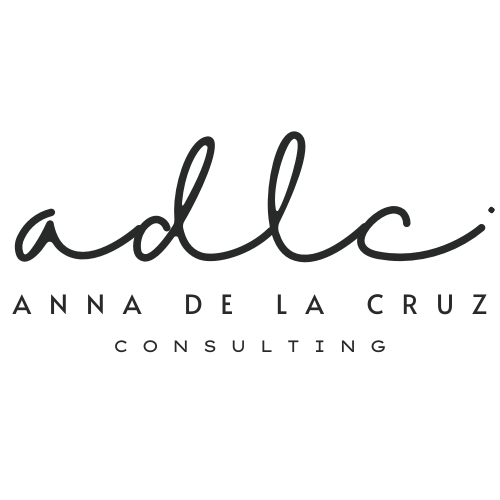What is a Theory of Change?
And why does my social impact driven organization need one?
I will soon be offering an online course on Theory of Change Development! As part of that process, I am collecting early feedback that will guide the development of the course so that it is as useful as possible. If you represent or are involved with an organization that would possibly benefit from more guidance on a Theory of Change, I would greatly appreciate you answering this short survey. Thank you!
The high level, visual theory of change I created for a fund I advise, Empodera Impact Capital. Behind this is a detailed description of the activities, outputs, outcomes, metrics and impact.
Whether you’re a nonprofit, foundation, impact investor or mission-driven business, the Theory of Change or Theory of Transformation is a critical component of your organization’s “Roadmap to Impact.” Why? It’s an organization’s grounding social impact framework that demonstrates how your activities lead to your desired impact. It sketches out the assumptions you’re relying upon, the research that underpins those assumptions, the stakeholders involved and helps guide your measurement and learning framework. With many examples of well-meaning social impact programs and services that did not end up having the expected impacts, having a clear roadmap to impact is important! This is why developing and strengthening a Theory of Change is one of the first things I work on with my clients who want to measure their social impact and communicate it to the world.
At a high level, a theory of change articulates: 1) The activities your organization does 2) the outputs (or KPIs) of those activities 3) the outcomes of those activities for the people who are involved and 4) the longer-term community or population level change or impact of those activities. The theory of change should also acknowledge key assumptions (and what would happen if inaccurate), stakeholders, and available evidence to back up the impact pathways.
The very process of developing a theory of change helps organizations methodically think through the “how and why” of each activity and examine where biases or unfounded assumptions may present challenges. It helps all organizational stakeholders get on the same page as programs are developed and launched and is a way to combat mission drift, test assumptions and ensure that program and data collection decisions are aligned with the ultimate impact goals.
A theory of change serves as a foundational document for a logic model and/or impact measurement framework. It guides you to the questions you really need to answer with data in order to “prove” that your product or program is actually achieving it’s intended impact. Finally, a ToC is incredibly useful for telling the story of your impact to funders, investors, clients, customers and other stakeholders. The ToC itself can be a great communication device, especially when translated into a visual graphic that shows how your product or service generates positive social change.
Learn More!
If you would like to be among the first to hear from me about the course and receive access to beta testing and early bird discounts, please sign up for my newsletter here.











